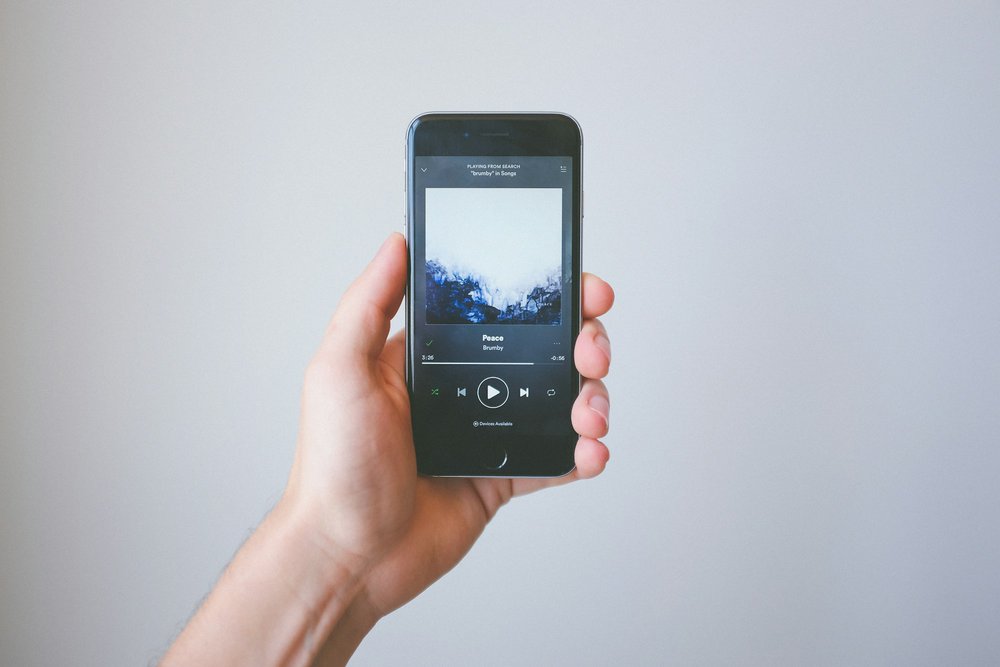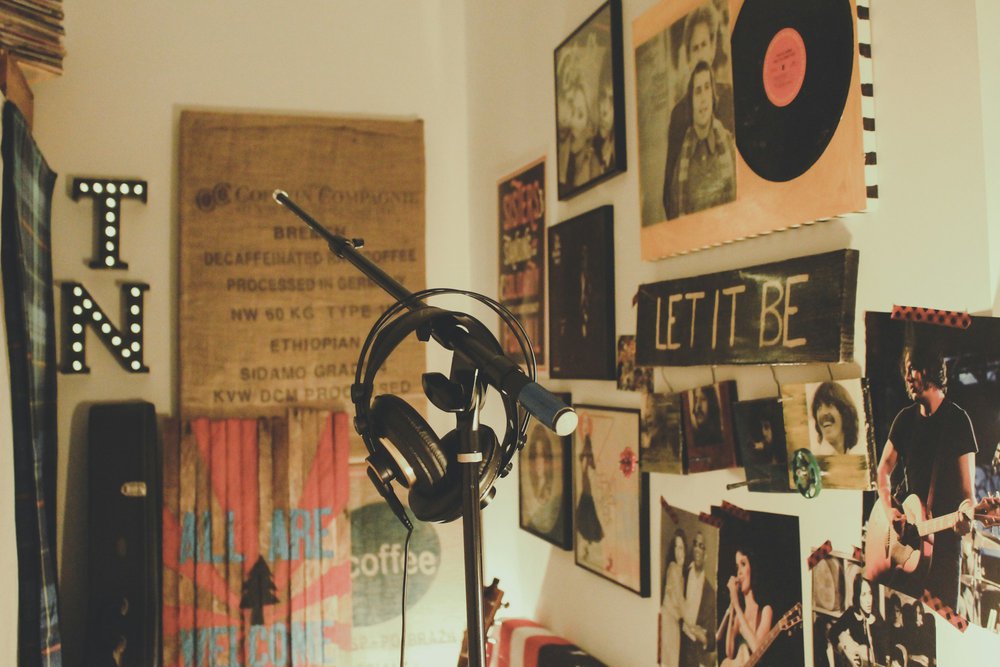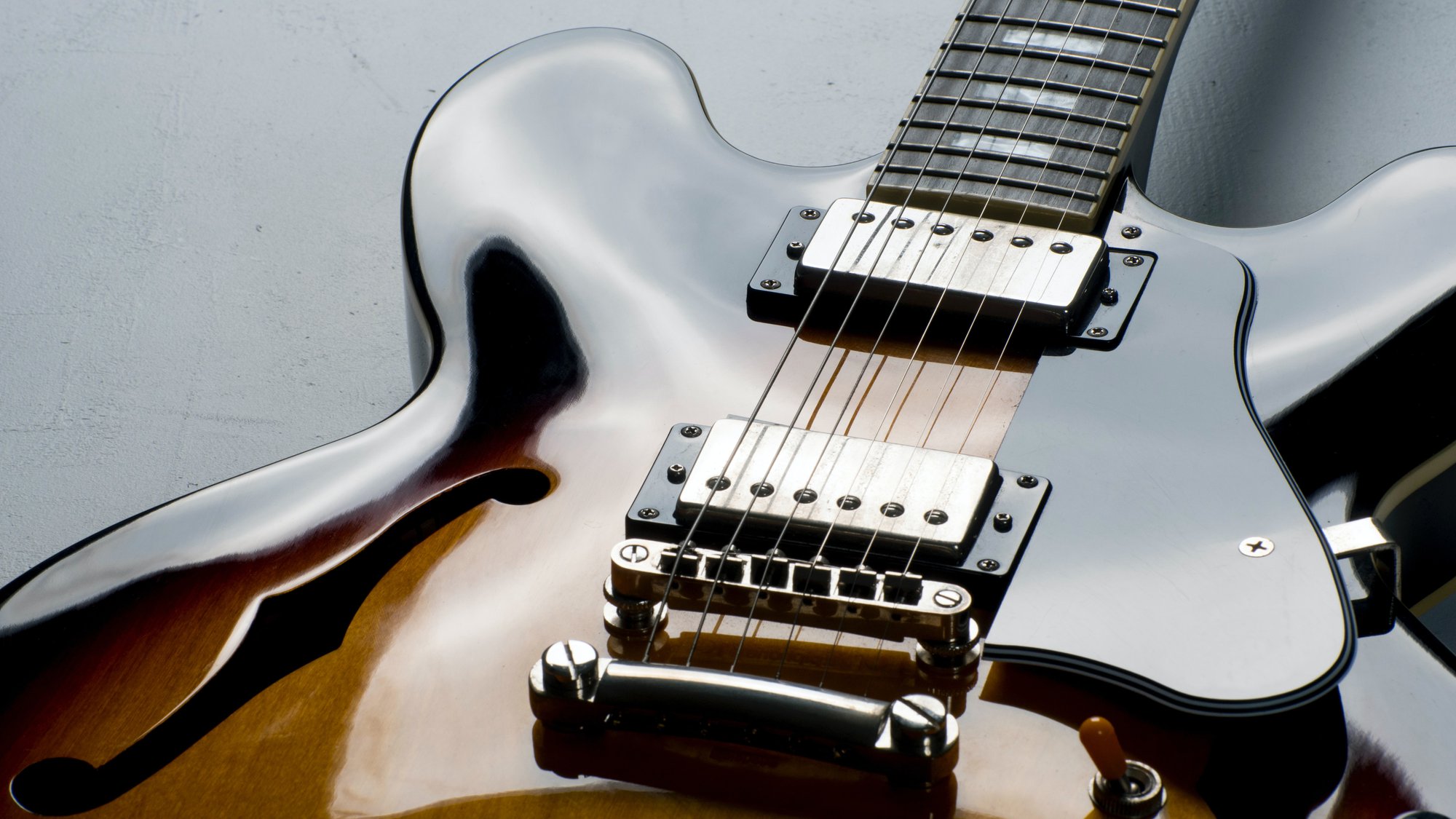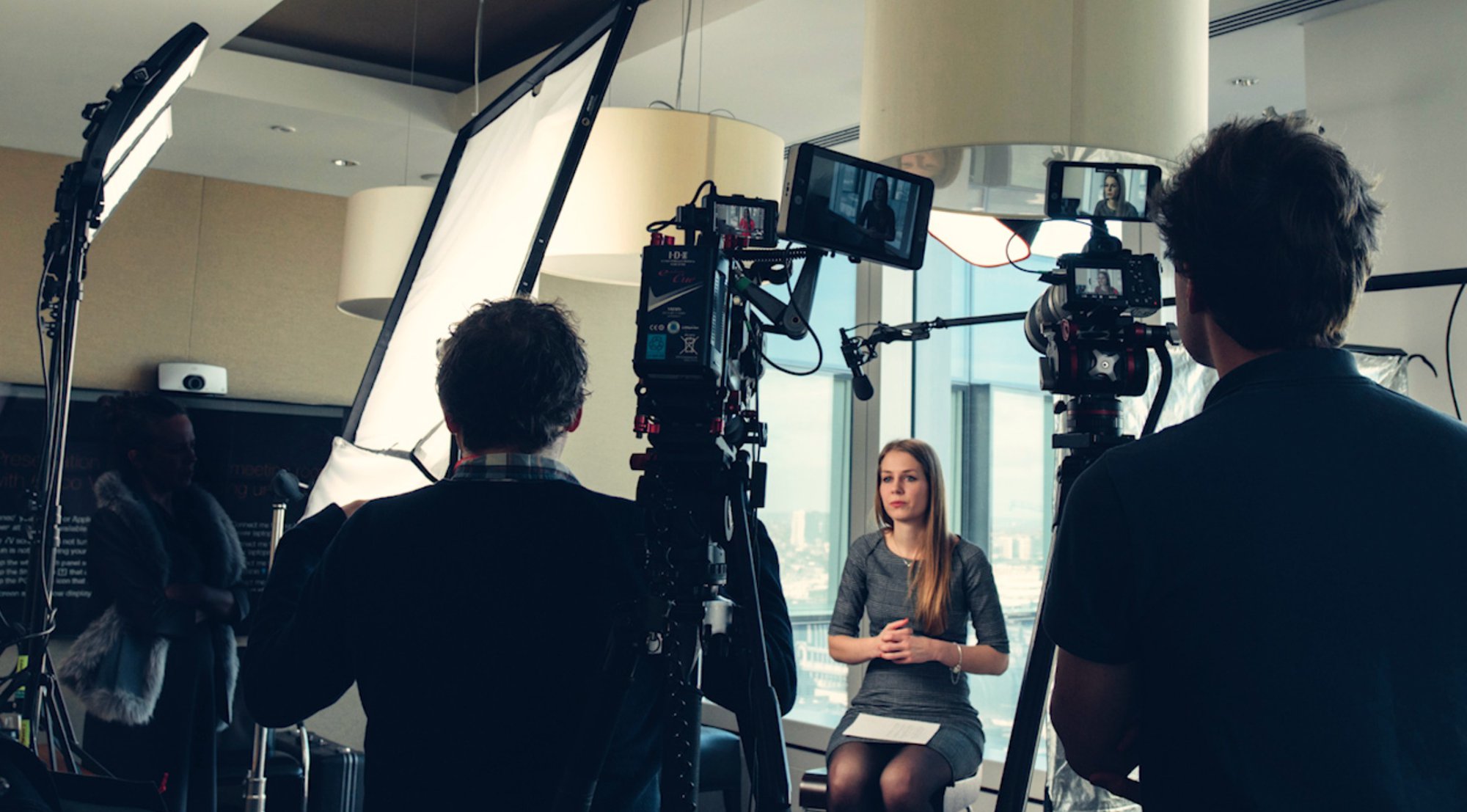Choosing the right songs for videos can transform your content, making it more engaging and emotionally impactful. Creating engaging videos involves combining compelling visuals with great music to capture and hold your audience’s attention. Music shapes the viewer’s experience by setting the tone, enhancing pacing, and evoking feelings that visuals alone might not convey. But selecting the perfect track is more than just picking a favorite tune—it requires understanding your video’s purpose, audience, and licensing considerations.
It’s important to recognize that music selection plays a crucial role in the overall success of a video project, influencing how your message is received and remembered. When considering licensing, remember that 'royalty free music' means you pay a one-time fee to legally use the track in your content, making it an accessible and legitimate option for creators.
How to Choose the Best Songs for Videos

Understand the Role of Music in Your Project
Start by defining what role music plays in your video.
- For explainer videos or tutorials, subtle background music that doesn’t distract from the message works best, and is often played softly to support the message.
- Product promos or trailers benefit from memorable, energetic tracks that boost excitement.
- Story-driven content often calls for cinematic or emotional music to deepen the narrative.
Matching music to your video’s purpose ensures it supports rather than competes with your visuals. The right song can greatly enhance the emotional impact of a scene, making your content more engaging and memorable.
Explore Music Genres to Match Your Mood
Experiment with different genres to find the right vibe.
- Ambient music creates a calm, reflective atmosphere, ideal for corporate or wellness videos. Try experimenting with different kinds of ambient music to see which best matches your video's mood.
- Cinematic scores add drama and tension, great for storytelling or trailers. The right kind of cinematic soundtrack can significantly influence the emotional impact of your scenes.
- Upbeat pop or electronic tracks energize promotional and lifestyle content.
- Lofi hip-hop is popular for chill, study, or casual content.
Trying various genres while previewing your video helps you discover what truly fits. Sorting tracks by genre or mood can also help you find the best kind of music for your project.
Know Your Audience Preferences

Consider who will watch your video, and what is the best video format for YouTube.
- Younger audiences might connect better with hip-hop or indie music.
- Mixed or older demographics often prefer ambient or instrumental tracks.
- Cultural context and viewer expectations also influence music choice.
Understanding your audience ensures your music resonates and keeps viewers engaged.
Pay Attention to Tone and Instrumentation
Tone shapes emotional response.
- High-pitched instruments like brass or strings evoke happiness and excitement.
- Lower tones such as bass or cello suggest strength and seriousness.
- Silence, sound effects, and dramatic pauses can amplify impact when used alongside music. For example, a dramatic drop in a track can heighten tension or excitement at a key moment.
Strategic use of tone and instrumentation enhances storytelling beyond words, especially when you time music cues—like a drop—to amplify the impact of your video.
Avoid Popular Commercial Hits Due to Licensing
Popular songs by major artists are usually off-limits.
- Licensing these tracks can cost hundreds of thousands of dollars and involve complex legal issues. You must obtain a license in order to use commercial songs legally.
- Using copyrighted music without permission risks infringement and takedown notices. Access to popular tracks is restricted unless you follow the proper order of permissions from all rights holders.
- Instead, explore royalty-free libraries like Bensound or Storyblocks Audio for affordable alternatives. Licensing commercial music often involves paying royalties and sharing revenue with rights holders.
Choosing cleared music protects your project and budget.
Understand Music Licensing and Usage Rights

Licensing terms are governed by a set of rules and vary widely, but they matter a lot.
- Limited licenses often allow only non-commercial or internal use.
- Royalty-free licenses let you use a track repeatedly, including for marketing.
- Creative Commons licenses may permit free use with attribution, but check the terms carefully.
Some platforms offer unlimited music access as long as your subscription is active.
If you cancel your subscription, you lose access to new downloads, but any content published during the active period is cleared forever.
Always verify licensing to avoid copyright issues and ensure your video is cleared for its intended use—the fact is, understanding these terms is crucial for legal compliance.
Consider Custom Music for Unique Needs
If you can’t find the perfect track, commission a composer.
- Custom music matches your video’s mood and pacing exactly.
- Professional composers like Russ Davies or Billy Moffat create bespoke scores.
- This option is pricier but offers exclusivity and brand consistency.
Custom scores can elevate your content but require clear budget planning.
Frequently Asked Questions
Can I use trending TikTok or Instagram songs in my branded videos?
No, unless you secure proper licensing. Most trending songs are copyrighted and require rights clearance. For compliant branded content, consider Levitate’s Marketing Video Services that include licensing support. Licensing is especially important for platforms like YouTube, Facebook, and Twitch to avoid copyright issues.
Where can I find royalty-free music suitable for social media videos?
Platforms like Artlist and Epidemic Sound offer extensive libraries of royalty-free music. You can listen to tracks before licensing them for your videos. You can also explore Levitate’s Social Media Video Services for custom soundtracking tailored to your brand.
Are there examples of brands successfully using original music in videos?
Yes, Linden Lab used custom-scored music to strengthen their brand identity and create emotional consistency across content. See our portfolio for inspiring examples.
How can I optimize audio for better video engagement?
Check out Levitate’s blog on Voice Over Apps to learn tools and techniques that help match narration and sound perfectly with your visuals.
By carefully selecting songs that fit your video’s purpose, audience, and tone—and ensuring you have the right licenses—you can create videos that truly connect with viewers in 2025 and beyond. For help finding or producing the perfect music, feel free to contact Levitate and elevate your video projects today.









